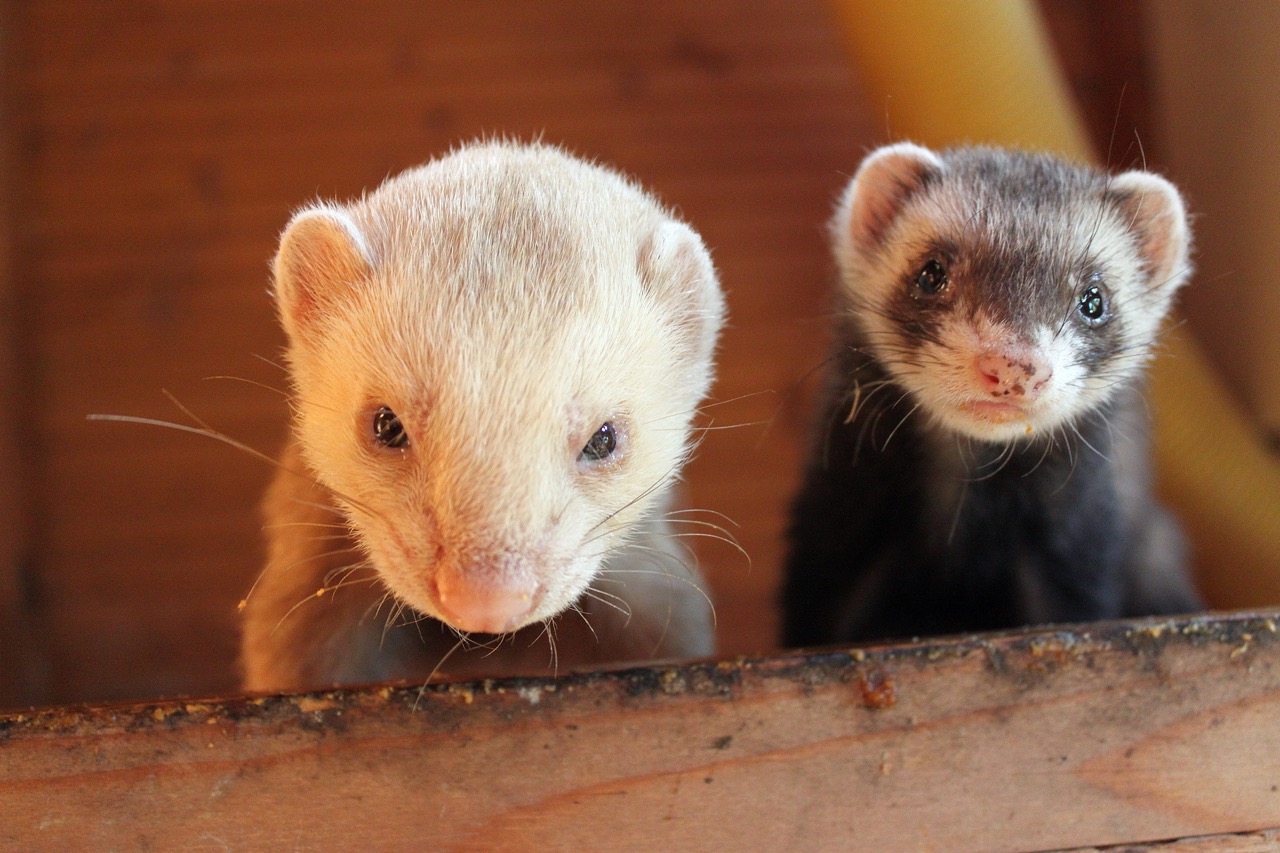Choosing the right housing for your ferret is a crucial step in ensuring its well-being and happiness. Ferrets are highly active, social animals that require ample space, stimulation, and a safe environment to thrive. Understanding their specific needs and the different housing options available will help you make an informed decision. This article will explore essential elements of ferret housing, key features to consider, comparisons of different types of cages, and maintenance tips to keep your ferret’s living space clean and healthy.
Understanding Ferret Needs: Space and Environment Essentials
Ferrets are known for their playful and inquisitive nature, which means they require a spacious environment that allows for plenty of movement and exploration. A ferret’s cage should ideally be at least 24 inches high and offer multiple levels or platforms for climbing and playing. In addition, the footprint of the cage should be large enough to accommodate various toys, hammocks, and tunnels, as these enrichments help to prevent boredom and encourage natural behaviors.
Another essential aspect of ferret housing is the environment’s safety. Ferrets are notorious for their ability to squeeze into tight spaces, so it’s important to choose a cage that minimizes escape routes. Look for cages with secure locks and small bar spacing to prevent your ferret from slipping through. In addition, the cage should have a solid bottom to prevent injury to delicate paws and avoid any gaps where they could get stuck.
Climate control and ventilation are also key considerations in creating a suitable environment for your ferret. Ferrets thrive in temperatures between 60 and 80 degrees Fahrenheit, so ensure that the cage is located in a climate-controlled space. Proper ventilation is essential to keep the air fresh and prevent odors from building up, which can lead to health issues for both ferrets and their owners.
Key Features to Look for in Ferret Cages
When selecting a cage for your ferret, look for key features that enhance comfort and safety. One important feature is the accessibility of the cage. Cages with multiple doors make it easier to interact with your ferret, clean the cage, and provide fresh food and water. Additionally, cages that come with ramps or ladders can help your ferret navigate different levels, promoting exercise and play.
Another vital feature is the material used in the cage construction. Look for cages made of durable, non-toxic materials such as metal or high-quality plastic. Avoid wooden cages, as ferrets may chew on the wood, leading to potential health hazards. A removable tray at the bottom of the cage can also facilitate easy cleaning and help manage waste, ensuring a hygienic living space.
Lastly, consider the cage’s size and number of levels. A larger cage with multiple levels allows for greater exploration and exercise. Ensure that the spacing between bars is appropriate for your ferret’s size—generally, no more than 1 inch apart—to prevent escapes. Some cages are designed specifically for ferrets and come with built-in features that cater to their unique needs, making them an excellent choice for new ferret owners.
Comparing Different Types of Ferret Housing Solutions
Ferret cages come in various types, each with its advantages and disadvantages. Traditional multi-level ferret cages are popular due to their spaciousness and ability to accommodate multiple ferrets. These cages often include ramps and platforms, providing opportunities for climbing and exploration. However, they may take up significant floor space, which can be a limiting factor in smaller homes.
Another housing option is the ferret-proofed room or playpen. This solution involves designating a specific area of your home where the ferret can roam freely, provided it is safe and secure. This option allows for more interaction and socialization but requires diligent supervision to prevent accidents or escapes. Additionally, it may necessitate additional cleaning and maintenance as ferrets tend to explore and create messes.
Portable ferret cages, such as travel carriers or smaller enclosures, can be beneficial for short-term use or trips. While these cages are convenient for travel, they typically lack the space and features that ferrets need for daily living. It’s essential to ensure that the portable cage allows for adequate ventilation and is made from safe materials if you opt for this type of housing for periods outside the primary cage.
Maintenance Tips for Keeping Your Ferret’s Cage Clean
Maintaining a clean cage is critical for your ferret’s health and well-being. Begin by establishing a regular cleaning schedule, ideally performing a deep clean at least once a week. This includes removing all toys, hammocks, and bedding, and thoroughly washing the cage with a pet-safe disinfectant. Rinse well to avoid residue that could harm your ferret, and allow the cage to dry completely before reassembling.
Daily maintenance is equally important. Check the cage for soiled bedding or litter and replace it as needed. Fresh water must be provided daily, along with food that meets your ferret’s dietary needs. Regularly inspect the cage for any signs of wear or damage, such as loose bars or frayed edges, and make necessary repairs to ensure a safe environment for your pet.
Lastly, provide enrichment items in your ferret’s cage to help manage odor and keep your ferret engaged. Rotating toys, offering different types of bedding, and adding tunnels or hideaways can help stimulate your ferret’s curiosity and prevent boredom. The more engaging the environment, the less likely your ferret will be to create messes out of anxiety or lack of stimulation.
Choosing the right cage for your ferret is essential to providing a safe, comfortable, and stimulating environment. By understanding your ferret’s needs, considering key features of cages, comparing different housing options, and implementing proper maintenance practices, you can create a space that promotes your pet’s health and happiness. Taking these steps will ensure that your ferret leads a fulfilling life and has a happy home to thrive in.










